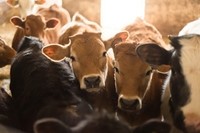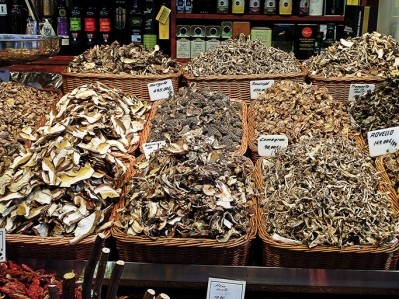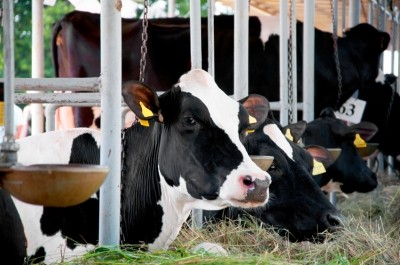Special Edition: Environmental friendly feed sector initiatives
US harvesting company focuses on recycling, soil sustainability

The company’s business model is based on removing a specific amount of leftover product from corn and wheat fields and turning it into forage or roughage for cattle and dairy cows, along with soil erosion control products, growth platforms for mushrooms, or to be used as a feedstock for bioenergy, said Harrison Pettit, vice president of corporate development.
As yield grows for feed crops like corn there also often is a corresponding increase in plant density and the amount of residue left in fields post-harvest, he told FeedNavigator. Farmers have to manage the remains with processes like shredding or mixing it back into soil, but the residue can still prevent initial warming of the soil in the spring and create difficulties for plant sprouting.
“We sustainably remove, harvest and densify the residue,” he said. “What we’re focused on is leaving enough material there to maintain the soil productivity, because that residue plays an important part in soil nutrition.”
The company has long term contracts with farmers in several areas to remove the residue corn and wheat crop residue, he said. Most of its work is regional in the Pacific Northwest, high plains, California and on the mid-Atlantic coast.
“Residue is critical for the health of the soil, but too much is problem,” said Pettit. “We have sustainable removal – you’re recycling the material instead of it being landfill on the field.”
Crop recycling
Once the company has removed the crop residue from a field, it is condensed and baled for shipment, said Pettit. It also may be ground for end users.
The process started after a drought period caused high prices for feed crops, he said. “There was a long history of grazing cattle in corn fields after they’ve been harvested, but they [producers] had never done it in a confined feeding situation,” he added.
The roughage has found success as a feedstuff when paired with other feed ingredients like dried distillers grains, he said. Offering the feed product to producers makes use of an underutilized product.
The company focuses on keeping the price stable, as it isn’t linked to a commodity market, said Pettit. “We want to create supply and price stability because the volatility doesn’t need to be there,” he added.
The company clears about 250,000 acres a year for several markets, he said. And, it also does process some more traditional feed crops like alfalfa and other grasses.
Most of the feed products are used close to where they are harvested, he said. However, there has been a growing international market in countries including Korea, Japan, China and throughout the Middle East.
Soil sustainability
Another part of the company’s model is to look at long-term relationships with farmers rather than only short term financials, said Pettit. “We have to make sure that what we’re doing is not detrimental,” he added.
“You look at what are our long-term interests are, and we know if we make an agreement with a grower then what we do on the ground has to be sustainable,” he said. “If they’re concerned about erosion, moister content– they won’t let us harvest.”
The company assesses fields according to National Resources Conservation Service standards before they seek to remove crop residue, he said. “You stay off of highly erodible land, look at the grade, look at soil type, yield, soil patterns,” he added.
The company looks for acres that have higher crop yields, said Pettit. “If a farm is only producing 120 bushels of corn [an acre] you don’t have any business removing stover from that field,” he added.
If the company takes too much material off of fields it increases unwanted extras in its forage bales, like dirt or higher ash content, he said. It guarantees its product is below a certain amount of ash.
After the residue removal most of the field should still be covered with about six to eight inches of stem to protect the soil and maintain nutrient levels, he said.







